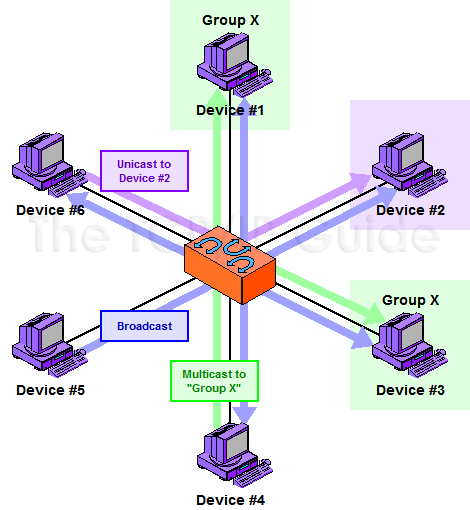 |
|
Please Whitelist This Site?
I know everyone hates ads. But please understand that I am providing premium content for free that takes hundreds of hours of time to research and write. I don't want to go to a pay-only model like some sites, but when more and more people block ads, I end up working for free. And I have a family to support, just like you. :)
If you like The TCP/IP Guide, please consider the download version. It's priced very economically and you can read all of it in a convenient format without ads.
If you want to use this site for free, I'd be grateful if you could add the site to the whitelist for Adblock. To do so, just open the Adblock menu and select "Disable on tcpipguide.com". Or go to the Tools menu and select "Adblock Plus Preferences...". Then click "Add Filter..." at the bottom, and add this string: "@@||tcpipguide.com^$document". Then just click OK.
Thanks for your understanding!
Sincerely, Charles Kozierok
Author and Publisher, The TCP/IP Guide
|
|
|

Custom Search
|
 |
The TCP/IP Guide 9 Networking Fundamentals 9 Fundamental Network Characteristics |
|
Message Addressing and Transmission Methods: Unicast, Broadcast and Multicast Messages
(Page 1 of 2)
In a networking technology that uses messages to send data, there are a number of tasks that must be undertaken in order to successfully transmit the data from one place to another. One is simply the addressing of the message—putting an address on it so that the system knows where it is supposed to go. Another is transmitting the message, which is of course sending it to its intended recipient.
There are several different ways of addressing and transmitting a message over a network, One way in which messages are differentiated is in how they are addressed, and to how many recipients. Which method is used depends on what the function of the message is, and also on whether or not the sender knows specifically whom they are trying to contact, or only generally.
To help explain these different methods, I will use a real-world analogy. Consider a social function with 300 people that is being held in a large hall. These people are mingling and are having different conversations. There are different kinds of messages that may need to be sent in this setting, much as is the case with networks.
Bearing this analogy in mind, consider these three kinds of message transmissions, which are illustrated in Figure 4:
- Unicast Messages: These are messages that
are sent from one device to another device; they are not intended for
others. If you have a friend at this social event, this is the equivalent
of pulling him or her aside for a private conversation. Of course, there
is still the possibility of someone else at the event overhearing your
conversation—or even eavesdropping on it. The same is true in networking
as well—addressing a message to a particular computer doesn't guarantee
that others won't also read it, just that they normally will not do
so.
- Broadcast Messages: As the name suggests,
these messages are sent to every device on a network. They are used
when a piece of information actually needs communicating to everyone
on the network, or used when the sending station needs to send to just
one recipient, but doesn't know its address.
For example, suppose a new arrival at the social gathering saw a blue sedan with New Hampshire plates in the parking lot that had its lights left on. He of course does not know whose car this is. The best way to communicate this information is to broadcast it by having the host make an announcement that will be heard by all, including the vehicle’s owner. In networks, broadcast messages are used for a variety of purposes, including finding the locations of particular stations or the devices that manage different services. - Multicast Messages: These are a compromise
between the previous two types: they are sent to a group of stations
that meet a particular set of criteria. These stations are usually related
to each other in some way, such as serving a common function, or being
set up into a particular multicast group. (Note that one can
also consider broadcast messages to be a special case of multicast,
where the group is “everyone”.
Back to our analogy: this would be somewhat like a group of friends who go to this large social hall and then stay together in a small discussion group—or perhaps use radios to talk to each other from a distance. Multicasting requires special techniques that make clear who is in the intended group of recipients.Figure 4: Unicast, Multicast and Broadcast Message Addressing and Transmission
The three basic type of addressing and message delivery in networking are illustrated in this simplified local area network. Device #6 is sending a unicast message to #2 shown in purple. Device #4 is sending a multicast message to multicast group “X”. In this case, that group includes devices #1 and #3, shown in green. Finally, Device #5 is sending a broadcast message, which goes to all other devices on the LAN.

|
| |||||||||||||||||||
Home - Table Of Contents - Contact Us
The TCP/IP Guide (http://www.TCPIPGuide.com)
Version 3.0 - Version Date: September 20, 2005
© Copyright 2001-2005 Charles M. Kozierok. All Rights Reserved.
Not responsible for any loss resulting from the use of this site.





